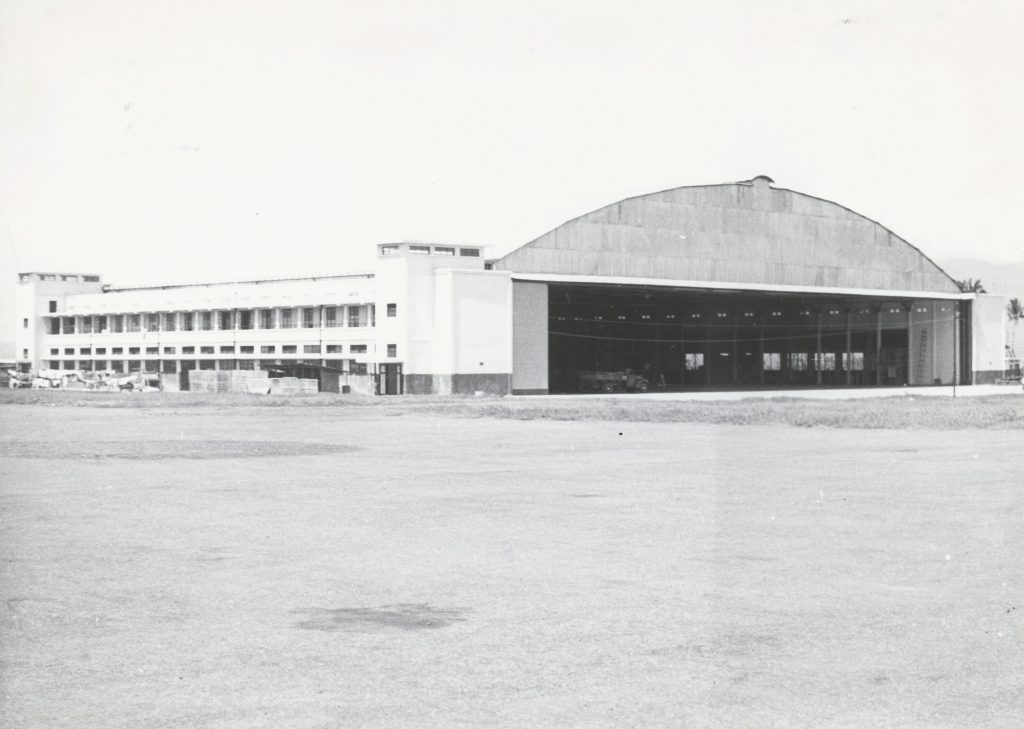The Dutch and their WWII Allies were totally unprepared for the rapid advances of the Japanese army. Nobody had expected that Singapore would fall within 10 days, and in no time, they invaded the Netherlands East Indies (NEI). Despite the rapid progress, the Dutch Government-in-Exile in London did not allow Dutch officials to evacuate, insisting on fighting to the bitter end. The Dutch Governor in NEI, however, fully understood that this was a futile effort. He carefully started planning for a Government-in-Exile in Australia. However, in the end, most of it was too little, too late, and thousands of Dutch people ended up in Japanese Camps.
Part of the evacuation plans also included the Royal Netherlands East Indies Airline Company (KNILM), which had earlier been placed under Dutch military command. Finally, the order was given on 21 February 1942 (two weeks before the surrender) for the KNILM to evacuate its remaining planes to Australia. Six aircraft stationed at the nearly abandoned military airport of Andir were standing there rather unprotected against Japanese bombardments. A few more planes were stationed at Bandung. Several planes were not flight-ready; others had been damaged in previous encounters with Japanese fighter planes.
The plan was to bring the planes to the Singosari airport, as this would offer the shortest distance to Broome, Australia. All the planes were stripped of their chairs to allow for a maximum number of KNILM evacuees. However, when the planes arrived that evening at Singosari, there was no radio contact, and the airport was in total darkness. Slight panic set in: had the Japanese already taken the airport?
Suddenly, a signal light indicated G-e-e-n e-l-e-c-t-r-i-c-i-t-e-i-t – w-a-c-h-t-e-n. (No electricity – wait).
What is going on? During a previous bombardment of the airport, the power plant was hit and failed, leaving everything without power.
Singosari makes history.

A bright mind remembered “Albury,” the Australian town where the population assisted KLM’s “Uiver,” which had gone off course, in 1934 by marking a runway with car spotlights. Eight years after the Melbourne race, Singosari is forced to follow the same method. From neighbouring Malang, motorists were recruited to park their cars along the runway and turn on their headlights. The landing goes well, despite the presence of a large number of bomb craters. The Commander turns off the track and calls the other machines via radio that he will guide them in. All planes landed safe.
The planes were refuelled and food was acquired in Malang and shortly after midnight the last plane left Singosari on its way to Broome, a distance of 1553 kms, a flight of just over 7 hours. As Darwin had just been bombed a few days earlier the planes immediate tried to refuel with the aim to fly on to Alice Springs. Lack of fuel forced some of the planes to fly to Dalywaters and Port Hedland before they could fly on.
Of the still flyable planes, two were still left in Netherlands East Indies. They would be used for the evacuation of what would be the NEI Governor in Exile and some of his key staff. See: Wielewaal

See also: Singosari Airfield (Malang, Boegis, Abdul Rachman) East Java (Jawa Timur) Indonesia
Source: De KNILM vloog door


